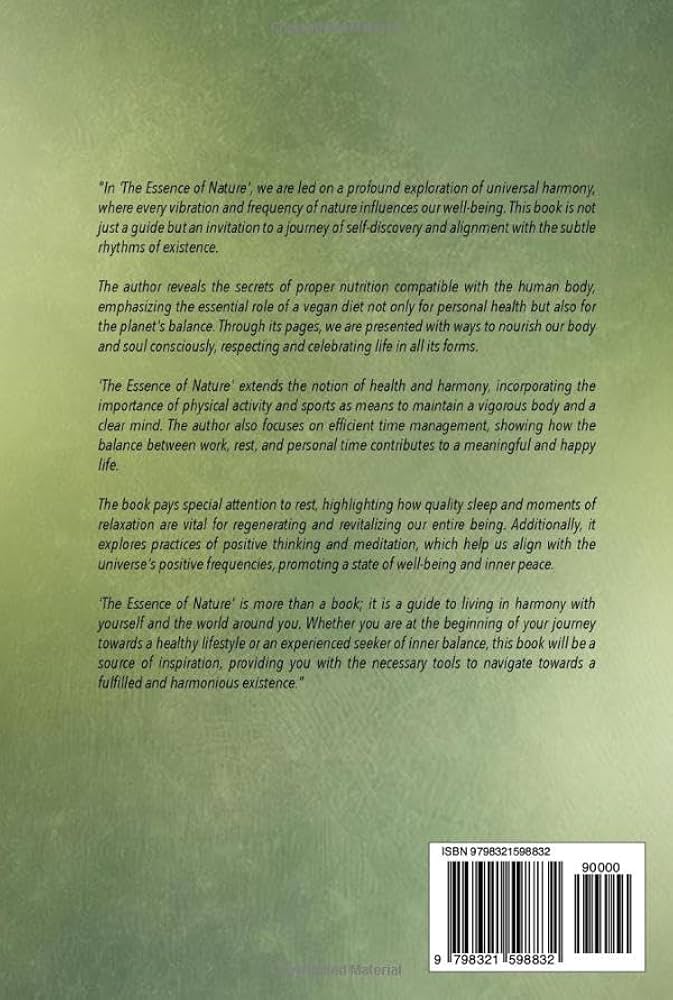
**An Experiential Illusion or Reality: Grasping Time**
Time is a mysterious entity that fundamentally shapes human life, beautifully expressed in the lyrical contemplations of Simon and Garfunkel. But what truly is time? How does it influence the body and mind beyond the divisions of minutes and hours dictated by clocks? To explore this, we must distinguish between perceiving time as an illusion and accepting it as a reality.
**The Illusion of Time**
Our understanding of time frequently deceives us. Embedded in human experience is the challenge to remain present. Our thoughts continually oscillate between past occurrences and future anticipations, detaching us from our immediate reality. Consequently, engaging in mindfulness is vital. Regrettably, the perpetual sense of “never having enough time” is misleading. Days ruled by clocks, seasons modified by daylight savings, and expectations rooted in arbitrary time constructs all represent time as an illusion that imposes itself upon us.
**Understanding Human Time Cycles**
Despite technological frameworks, humans instinctively adhere to natural rhythms—diurnal (day-night) cycles and circadian (24-hour) rhythms. Both are regulated by the hypothalamus, affecting sleep, metabolism, and energy levels. These patterns change as we age; what once resulted in lengthy hours of deep sleep during childhood now appears as fragmented sequences for adults, often influenced more by societal pressures than by our inherent tendencies.
**The Cave Experiment: Challenging Perceptions**
Michel Siffre’s self-imposed isolation in a cave during the 1970s examined the essence of human time perception devoid of external stimuli. Beginning his descent with an awareness of time, Siffre quickly encountered disorientation—highlighting how time dissolves into illusion without reference points. He discovered hours morphing into minutes, days merging, his mind adorned with hallucinations amid stifling silence.
His experience revealed the brain’s natural clock-constructing mechanism, charting a novel temporal awareness. Research indicated that time exists both externally, subject to manipulative structures, and internally, shaped by individual cognitive rhythms.
**Time: Merging Illusion and Reality**
After insights gained from solitude, the essential question persists: is time merely a construct of the mind or a concrete reality? It is indeed both. A productive integration of neuroscientific reflection and mindfulness techniques suggests that time shapes experience, adaptability, and consciousness, serving as a guide for exploration. Time as a concept—the offspring of mind and culture—harbors immense adaptive capabilities.
**The Role of Silence and Time**
Time resonates profoundly with silence. Engaging in immersive silent retreats, despite initial disconnections, unveils significant internal exploration. As silence stretches the perception of time, a space is created to nurture personal time through introspection, free from outside distractions.
The connection between conscious silence and time illustrates an intrinsic human need: to honor our rhythms, to acknowledge time’s elusive yet genuine essence, fostering mental and physical well-being.
**Conclusion: A Call to Realign with Time**
Ultimately, to truly embrace time, live in harmony with natural cycles rather than be overwhelmed by external pressures. Discover the personal rhythm within, recognizing time as both a fleeting illusion and a core reality. In our endeavor to seize the moments as they occur, we must align life congruently with these temporal truths, allowing time to be our companion, steering our journey through the intricate tapestry of existence.